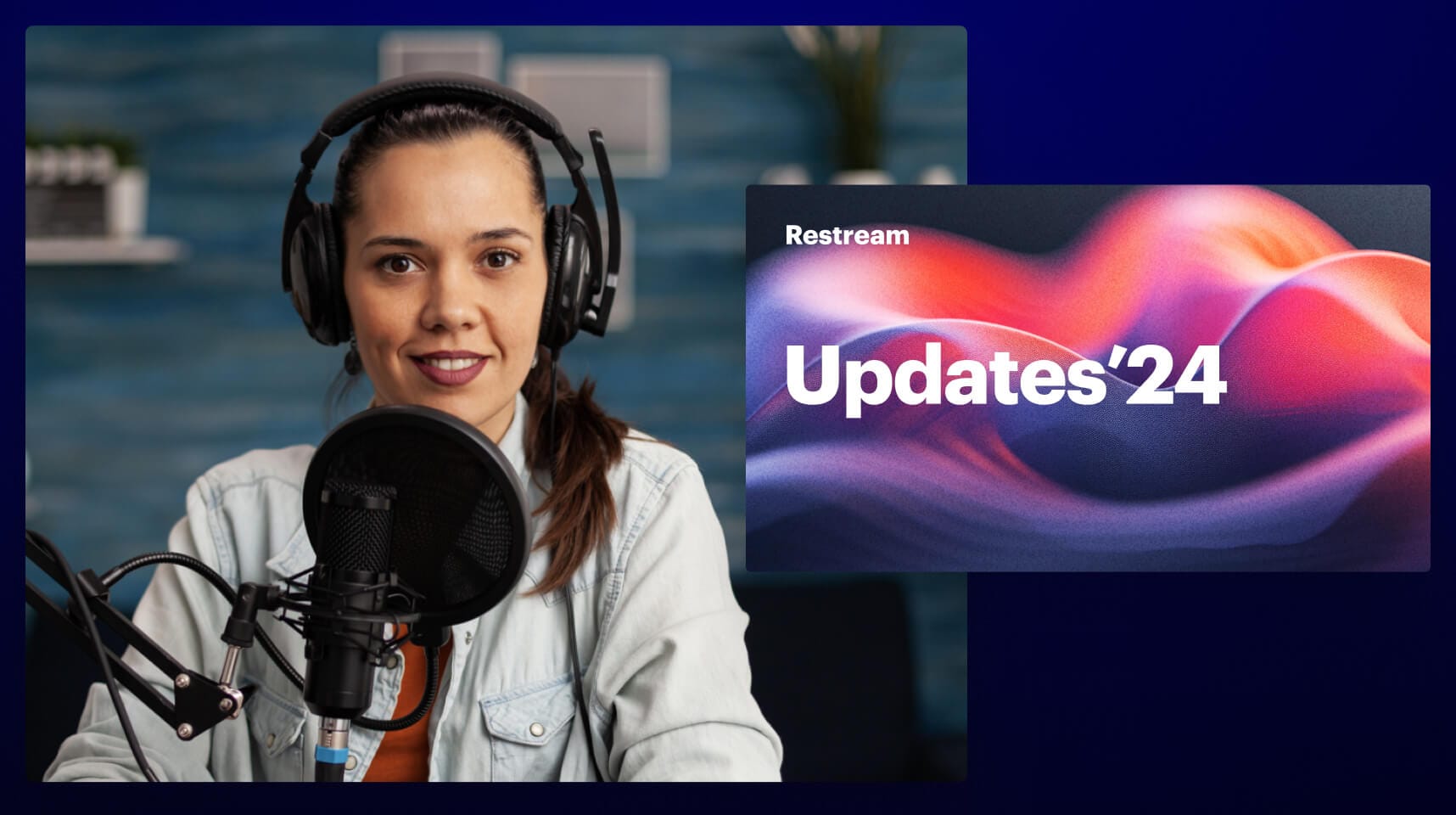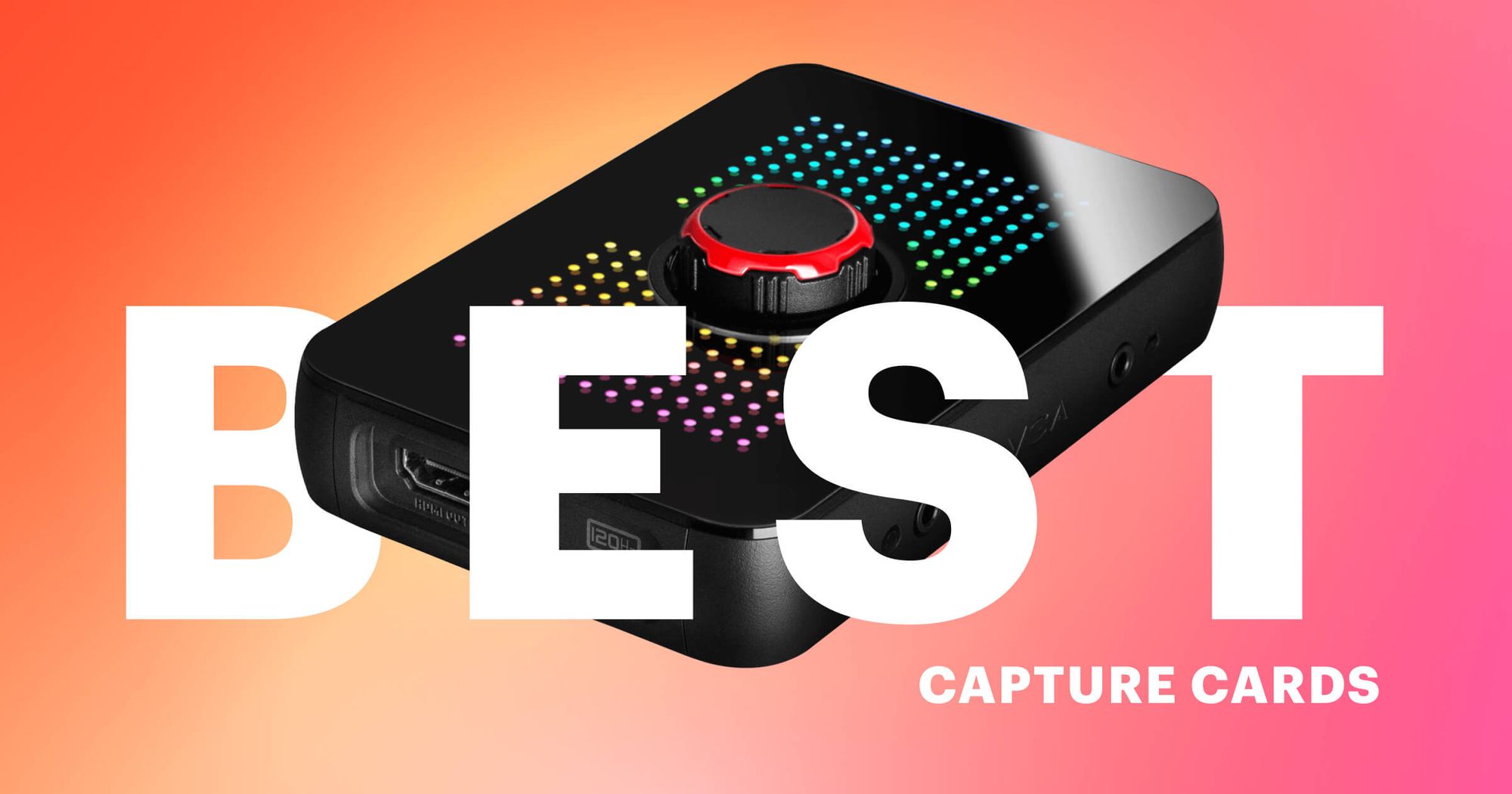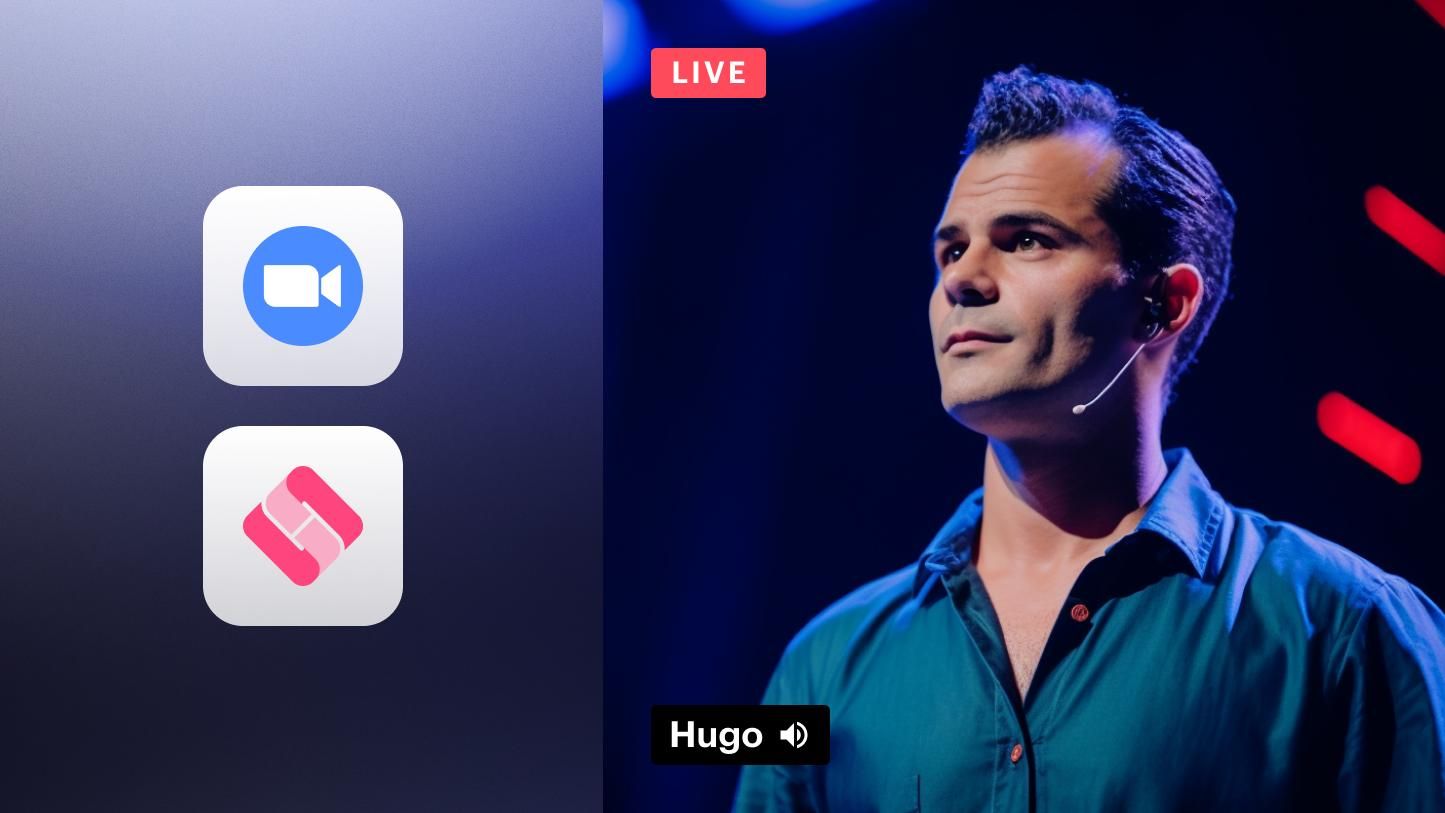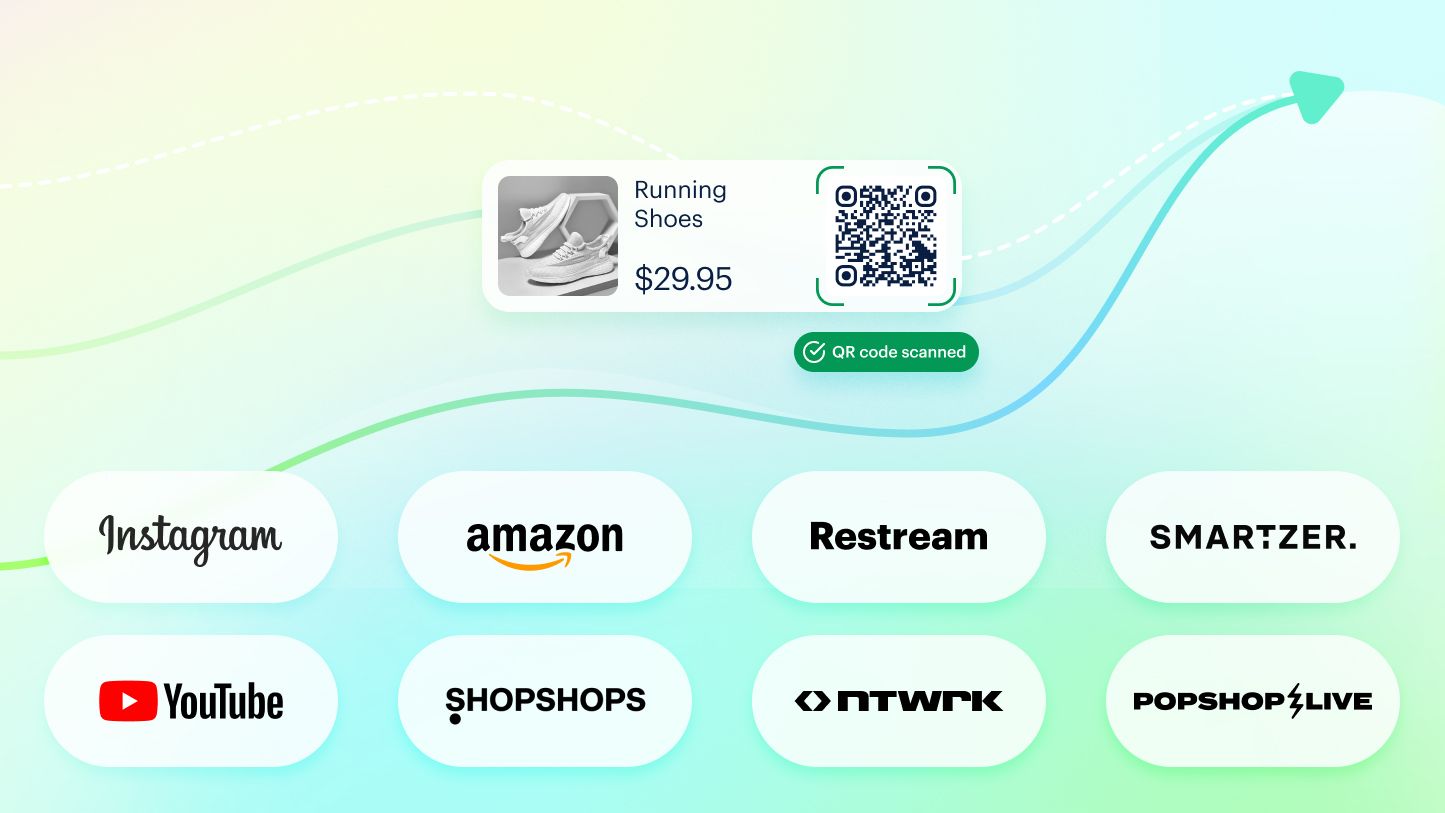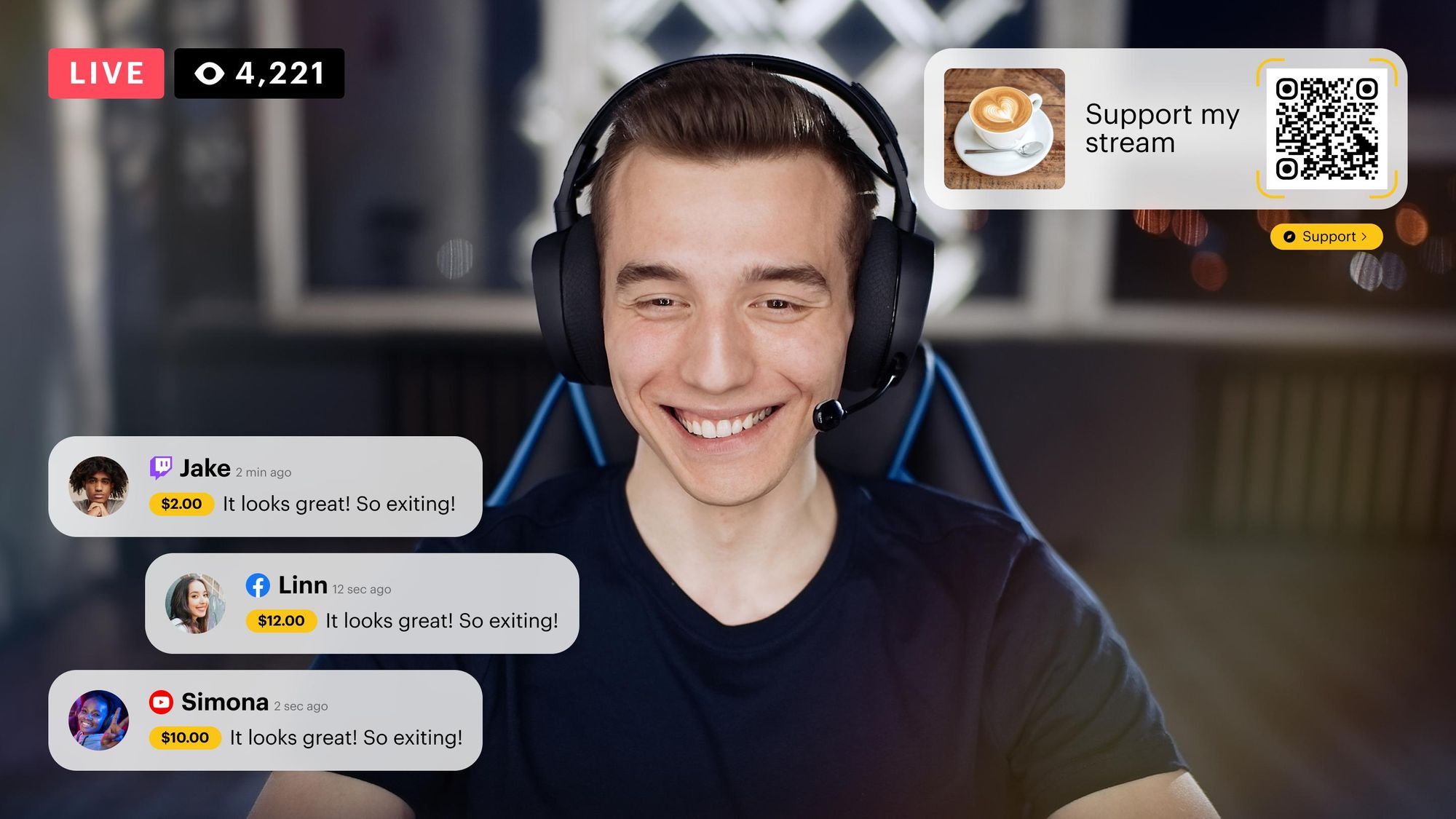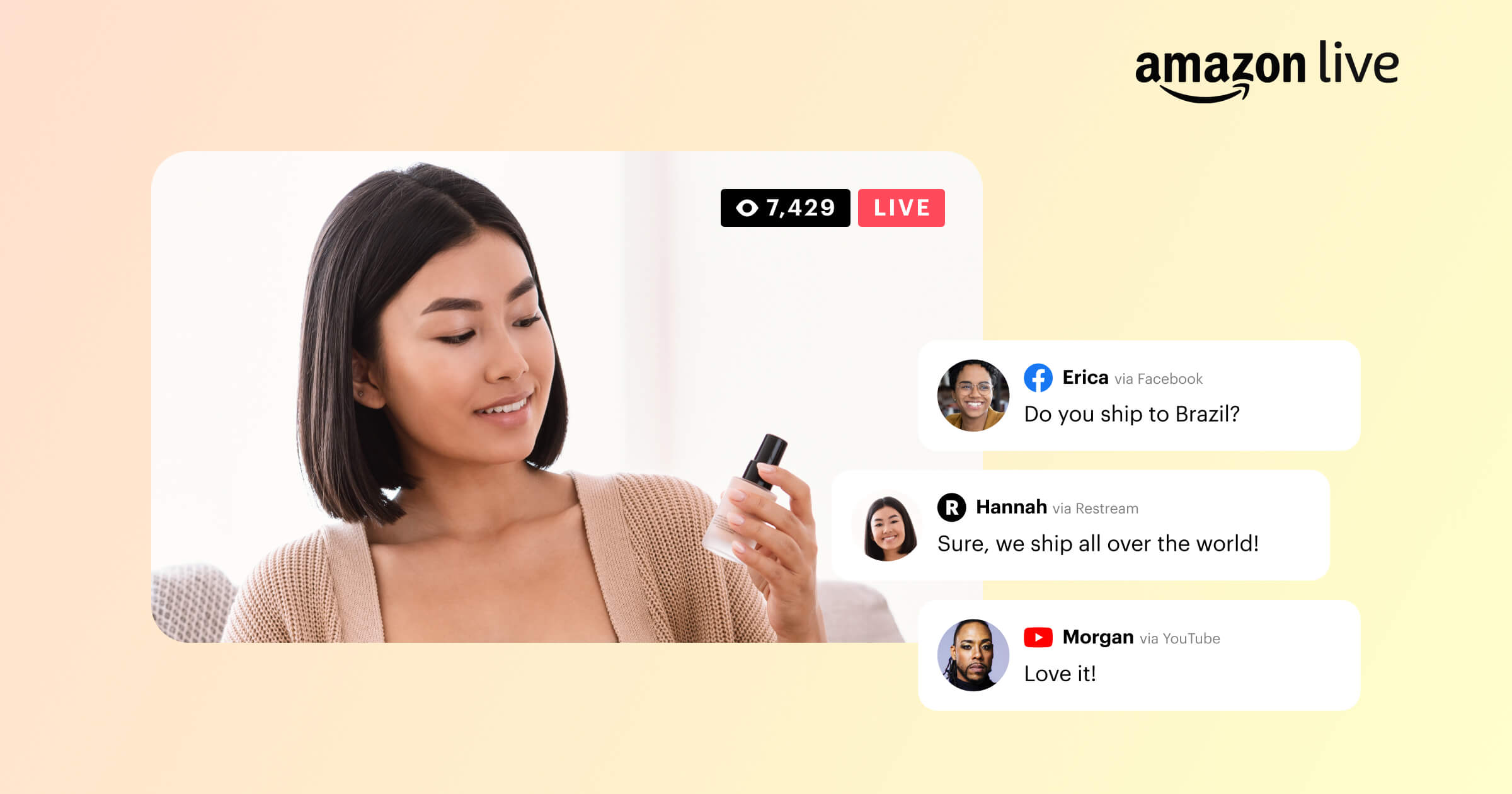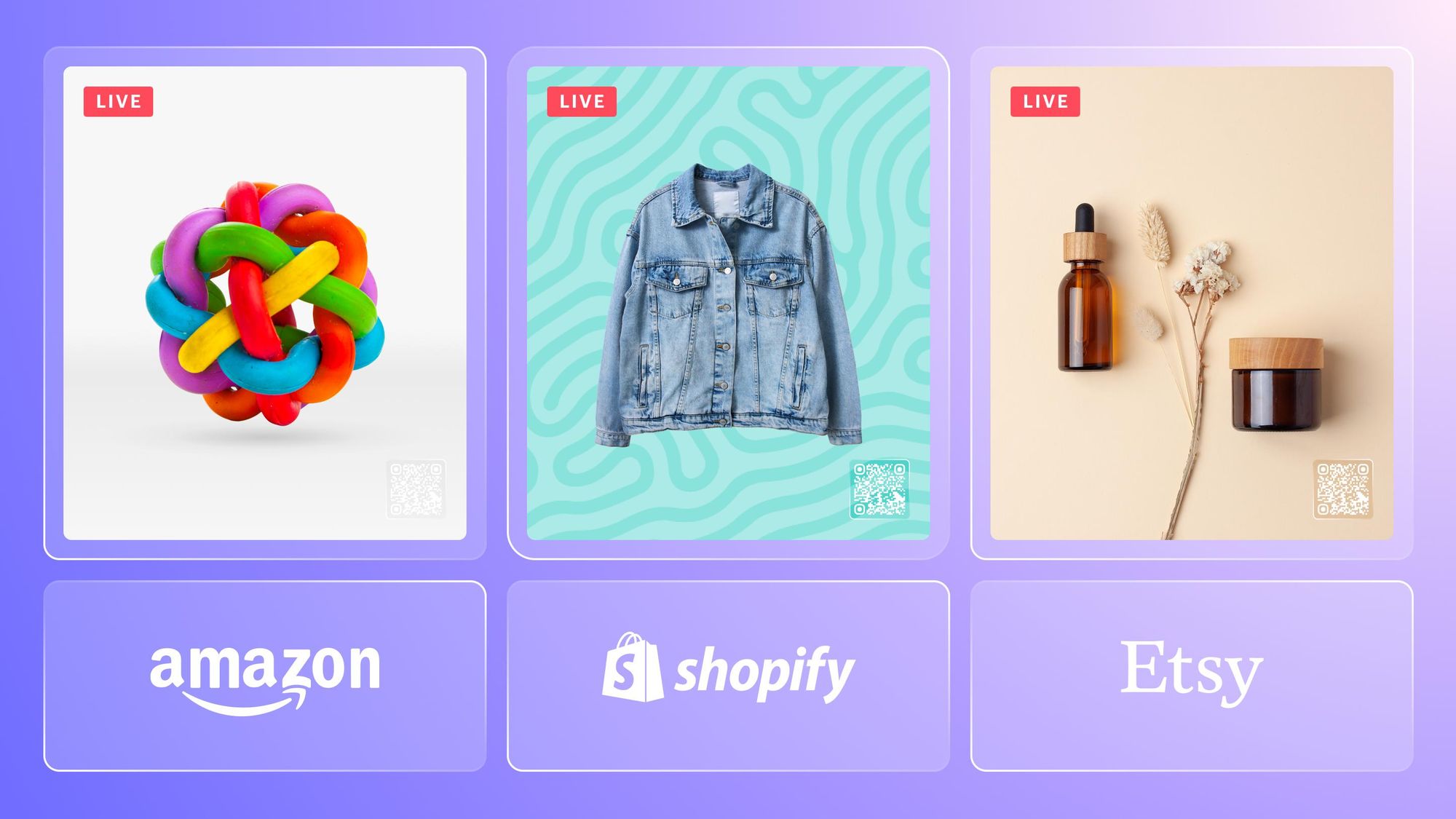Most companies post on social media. The best companies build communities around their products.
Audiences on social crave video content like webinars, Q&As, demos, and launches. Smart companies across industries find Restream the simplest, most reliable way to leverage their following on LinkedIn, YouTube, X, and Instagram to drive business results.
The best content to live stream
Restream helps create and publish high-quality live videos across social platforms, inviting viewers to join a real-time conversation via comments and questions.
Here are some examples.
1. Webinars
Sinch builds community by streaming industry news with live Q&As on LinkedIn.
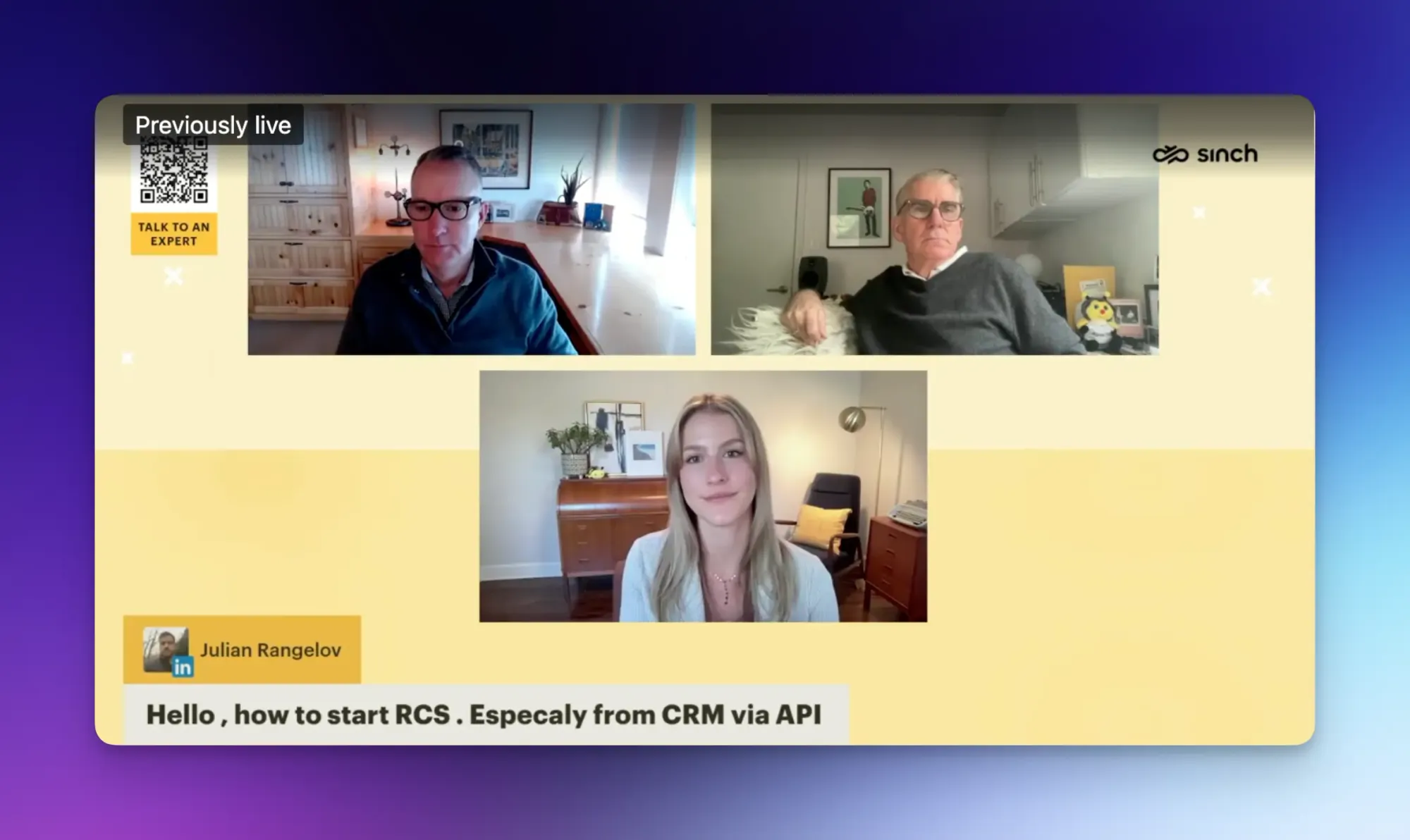
Why they chose Restream:
- Frictionless to join for viewers (via LinkedIn profile).
- Easy to follow up with attendees.
- Video replay attracts leads after the event.
2. Interviews and video podcasts
Salesforce boosts its employer brand by streaming interviews on hiring and inclusion.
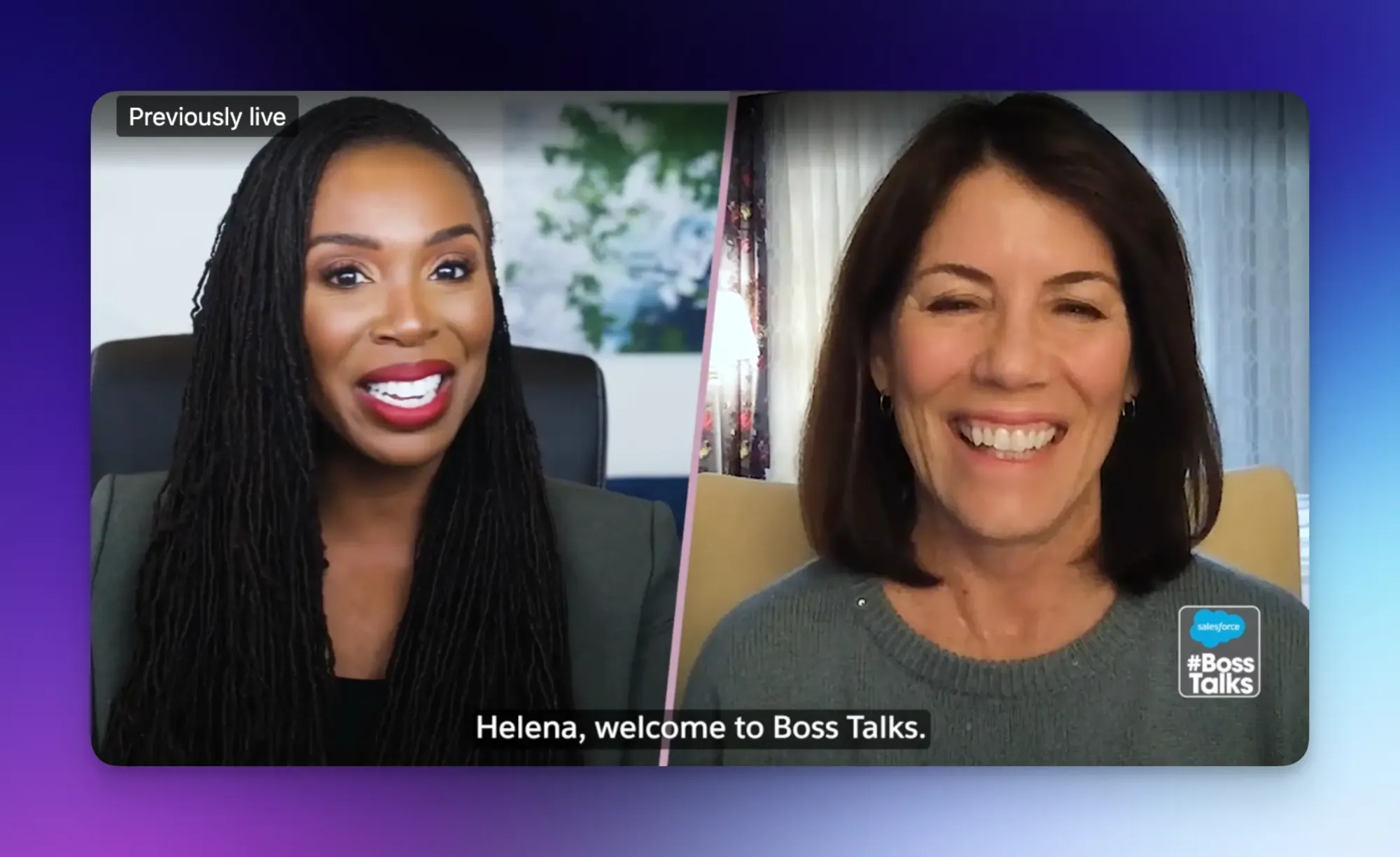
Why they chose Restream:
- Simple to produce.
- Guest speakers can join with one click via a secure link.
- Speakers can rebroadcast on their own channels and double the views.
3. Product demos and how-tos
Adobe drives adoption and community excitement with feature walkthroughs.
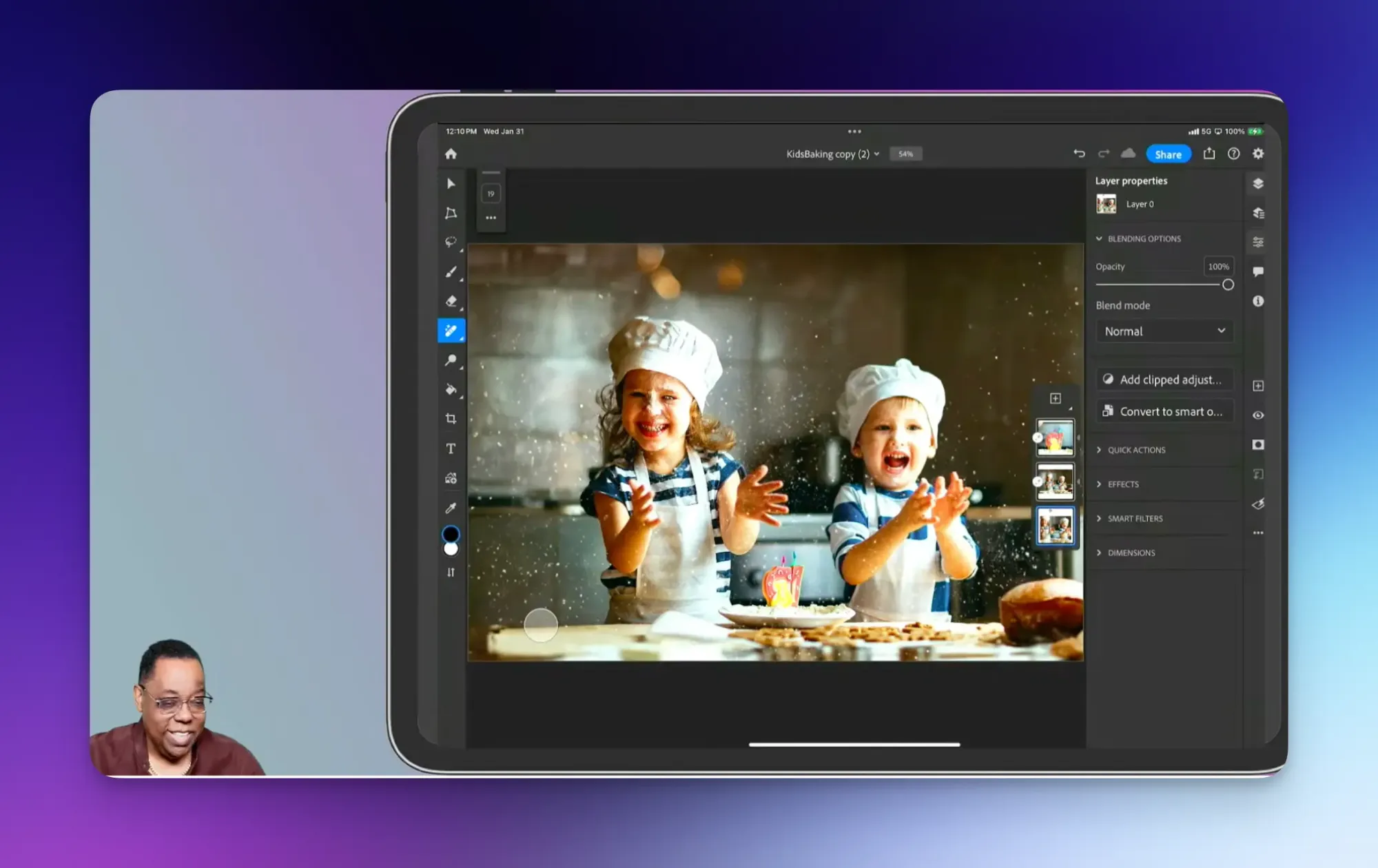
Why they chose Restream:
- Seamless live chat for cross-channel community engagement.
- Easy screen sharing and video clip playback.
- Replay stays on YouTube, which helps SEO.
4. Conferences and keynotes
Medallia expands its impact by streaming in-person conferences worldwide.
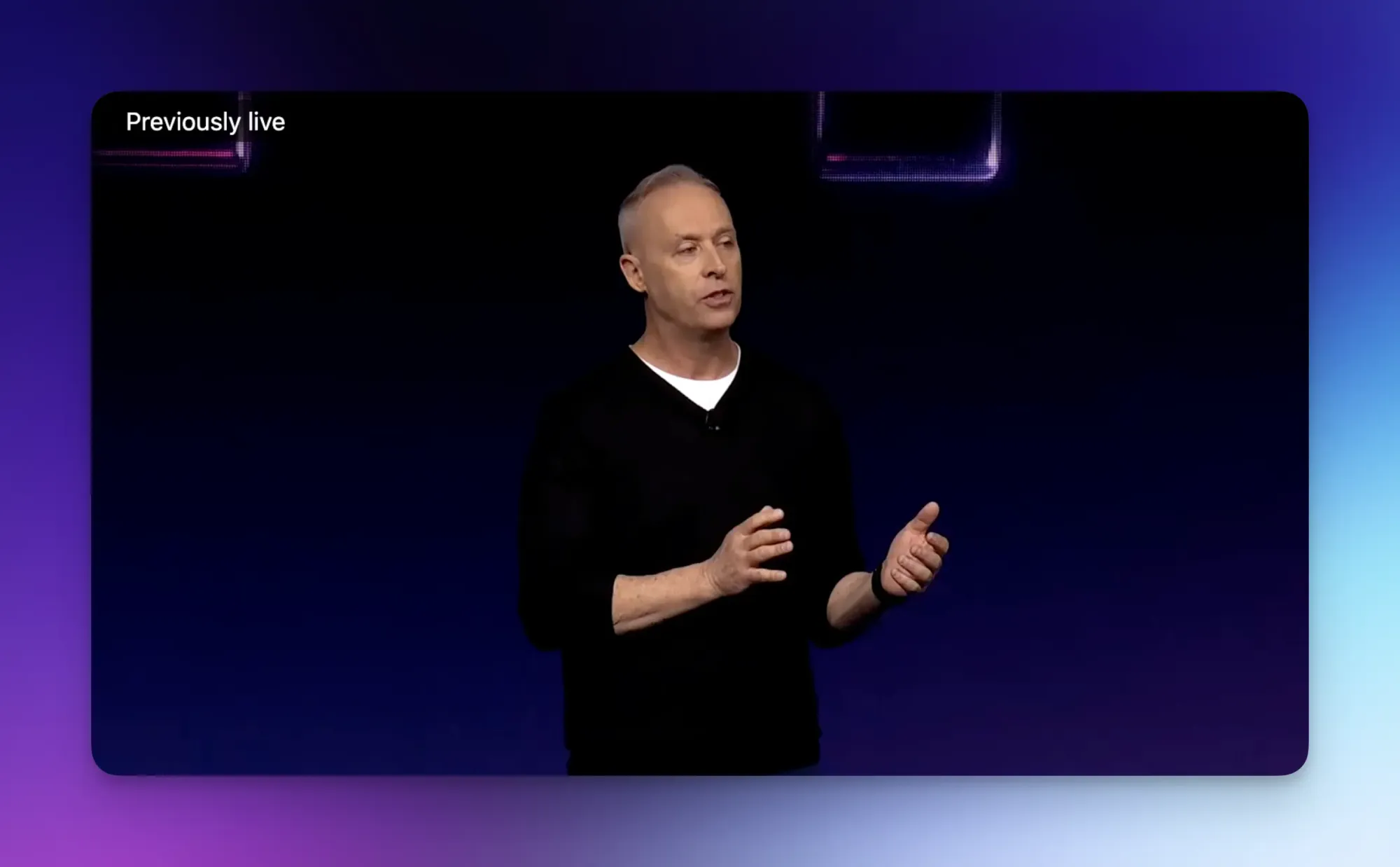
Why they chose Restream:
- Easy to pre-promote the event with live teasers and highlights.
- Streams on 30+ social channels and the company's website.
- Full HD video with slick on-brand graphics.
5. Product launches
Veo generates buzz with Apple-style live product launches.

Why they chose Restream:
- More exciting than a blog or email.
- Stays on top of followers' feeds as social platforms prioritize live content.
- Pre-recorded streaming ensures polished and glitch-free videos.
6. Live sales and e-commerce
Pair Eyewear converts viewers to buyers with live shopping demos.
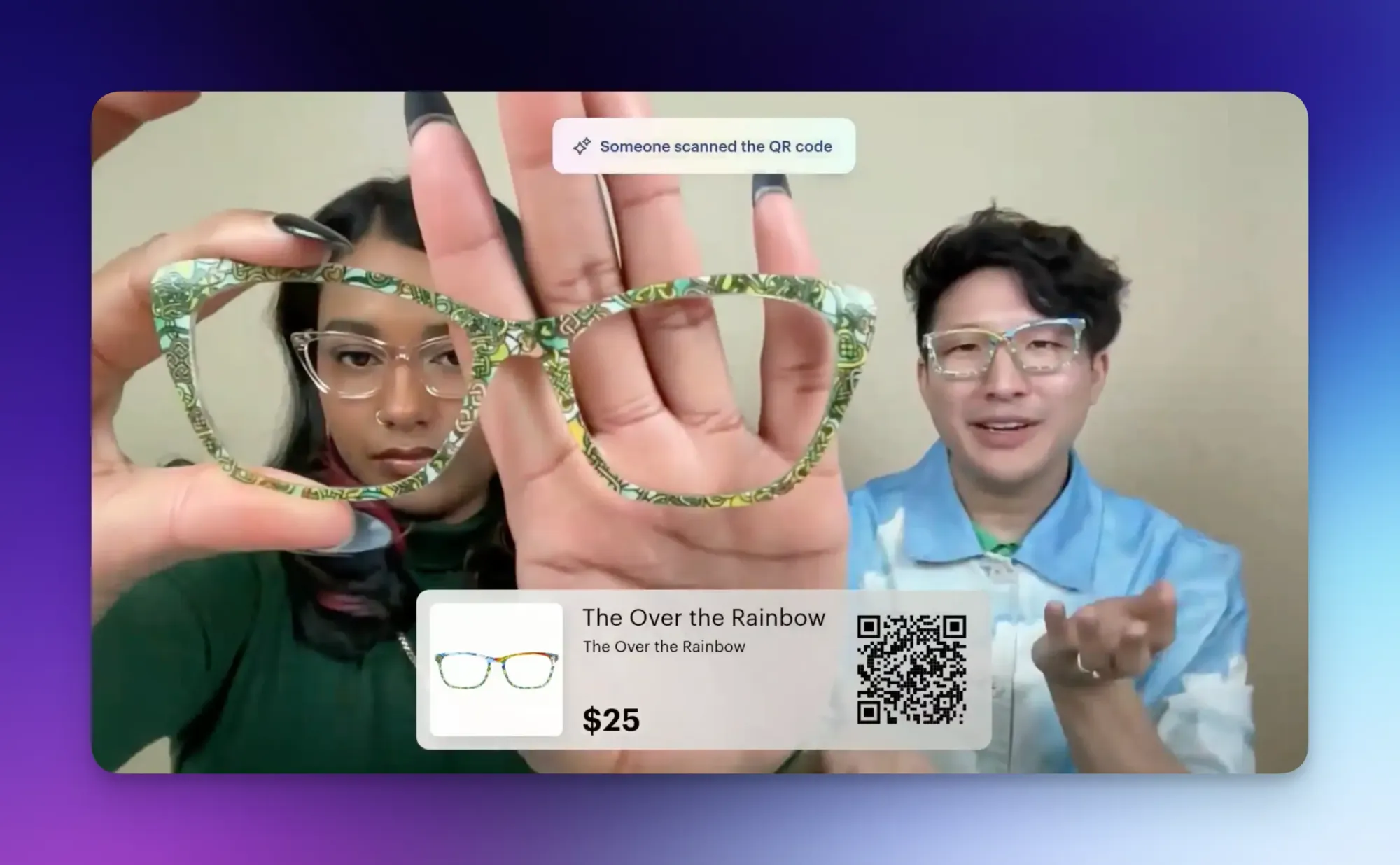
Why they chose Restream:
- Integrates with stores like Shopify and Amazon.
- QR codes let viewers buy directly from streams.
7. Corporate communications
Shopify fosters teamwork with town halls on new feature releases and company news.
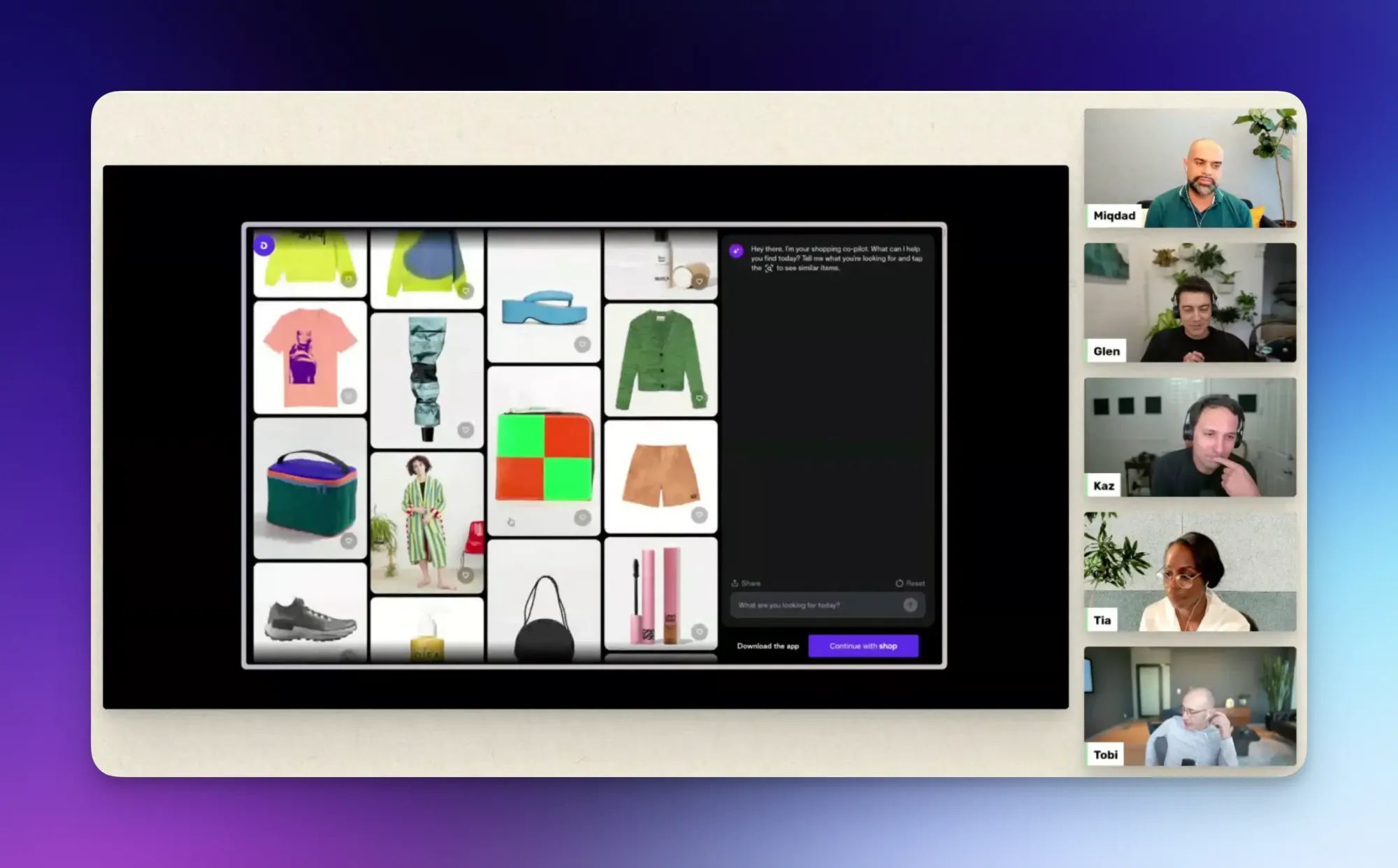
Why they chose Restream:
- Co-producers can manage the stream and live chat through a team account.
- Streams to private destinations like FB workplaces or custom servers.
Streaming is just good business
| Raise brand awareness | Grow social followers | Generate leads |
| 89% of consumers want more videos from brands in 2024 | 51% of people are more likely to share videos than static posts | 82% of people have been convinced to purchase by a video |
| Make sales | Increase adoption | Establish trust |
| 77% of people have downloaded an app because of a video | 91% of people watch videos to learn more about products | 87% of consumers say video quality impacts their trust in a brand |
A strong marketing plan includes streaming
Live streaming is a key lever for businesses looking to drive brand affinity and sales. Consumer expectations for video content are increasing yearly, and your social audience is no exception.
Whether your live show covers industry news, product launches, webinars, in-person events, or a mix of everything, Restream’s simple yet powerful platform can make it happen.
Join the thousands of businesses who have discovered live streaming as a low-overhead, high-return way to build a loyal community and help your customers fall in love with your products.

